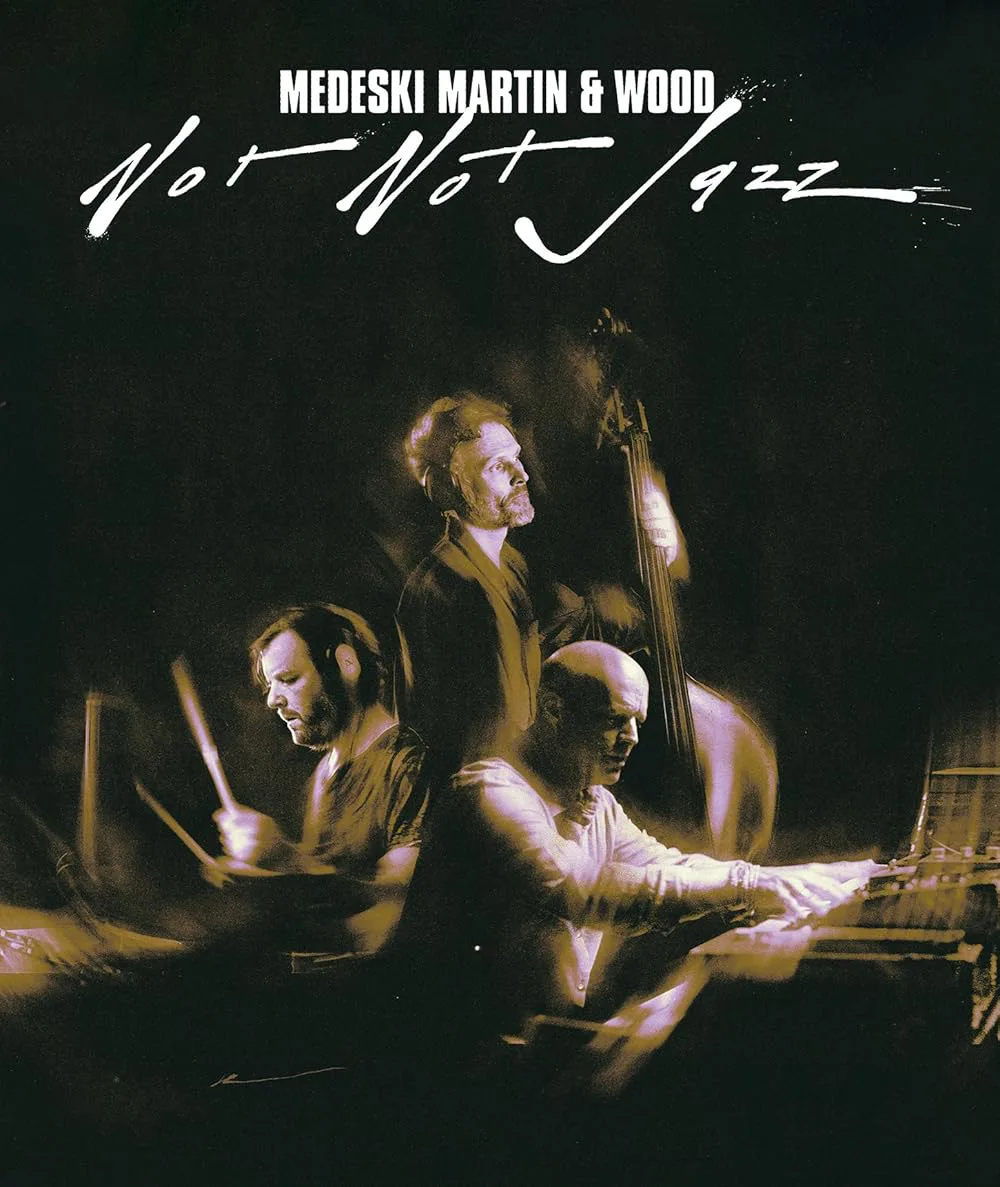“She did not allow society to contain her voice,” says director Carla Gutiérrez of her documentary’s subject, Frida Kahlo. Having won Gutiérrez the Jonathan Oppenheim Editing Award: U.S. Documentary for editing at Sundance, “Frida” will premiere on Prime Video March 14. In a conversation over Zoom, the filmmaker shared that when she started on the project, she expected to use a lot of the quotes and writing from Kahlo’s contemporaries. But that’s not what happened: “As we started working on the story, [Frida] actually took over and we were like, ‘Okay, you take over, we’re just gonna be guided by your voice.’”
The result is a documentary almost entirely from Kahlo’s perspective and as such one that values this feminine, Mexicana voice above all others, much like its owner does.
It may not seem radical to deem the diary entries and personal musings of a world-famous painter worthy of a full-length film. But even though Kahlo’s face is now ubiquitous, the act of valuing Latina voices—in film and society at large—is still relatively rare and important.
In the US, Latinos make up just shy of 20 percent of the population. As a group, we overindex as streaming subscribers and movie ticket buyers. If we stood alone, we’d be the fifth-largest economy in the world, ahead of India. And Latina women make about 85 percent of the purchasing decisions within that economy.
It would seem like smart business sense for Hollywood to cater to our needs. And yet, we remain wildly underrepresented both behind and in front of the camera.
I think part of the reason is a stereotype of silence. Too often the narrative around Latinas—and for you non-Spanish speakers, here I’m talking specifically about Latina women—is one of erasure. We’re supposed to be the workers in the background—if not invisible then very quiet, cleaning and taking care of kids, our purpose only to help the more economically fortunate.
But of course, that’s not always the case, and Latina documentary filmmakers are working hard to change the narratives around our community and our gender. In addition to “Frida,” Latinas directed three of the four films in PBS’ VOCES Shorts, airing February–March of this year.
“[I]f you only tell one kind of story, then you’re only really paving one path. If you tell multiple stories, you’re giving people options,” explains Indra Arriaga Delgado, the woman behind “Sabor Artico: Latinos in Alaska.” Its very existence is expanding the narrative around Latinos, portraying the little-known community in Alaska. Latino population centers certainly exist and deserve to have their stories told, but Latinos are in every state and our contributions should be better valued across the nation.

Arriago Delgado created the film from her own experiences, having lived in Alaska for twenty-plus years. There, she’s found and helped build a self-reflective Latino community that values its voice. “The film, it was written by me, but really, I just let people say whatever they wanted,” she says over Zoom, “And then I just went in, in the editorial process and carved out the path for the narrative.”
The result is a pretty fun film that had me laughing out loud—which doesn’t surprise Arriago Delgado. “I don’t think you can make a film about Latinos and not have humor… humor is part of our language,” she shares. But it’s not part of the narrative Hollywood spins about us—Latinos may feel most represented by comedy but we’re more like to be featured in crime stories.
There’s no crime, drugs, or cartels in either “Frida” or “Sabor Artico,” but that doesn’t mean the documentaries paint a rosy view of our communities or our place in the world. As Arriago Delgado asserts, “You can be proud of your culture, and you can celebrate your culture, but you can also at the same time acknowledge that things are really imperfect.”
With a nod to the importance of recognizing this same imperfection, Gutiérrez calls Frida Kahlo, perhaps the most famous Mexican woman in the world, “messy” and notes how she both resisted and played with stereotypes around her identity. “The gringos’ reactions to the way she looked, the fascination that they had with her, it’s like this exotic, sexy woman that was very colorful,” Gutiérrez explains of Kahlo’s reception in the US. “She was incredibly aware of it… Taking this reaction [to] the way that other people are seeing [her], and then using that as an armor and turning it around, and making it even more explosive. It’s like, ‘Okay, I’m gonna show you, I’m getting your attention so I’m gonna make my presence really performative and I’m gonna use it for power.”
That interaction between performance, expectations, and power seems to always be in play when Latinas make films these days, navigating how the powers that be see our communities and pushing against them (or not) to varying degrees. Kahlo distinguished herself as a once-in-a-generation artist thanks to her ability to make her interior experience visible. But is she perhaps so well known in part because she also conformed to if not reinforced ideas of Mexican women as fiery and sexually promiscuous? Perhaps.
Arriaga Delgado recounted getting feedback that part of “Sabor Artico” was too much of a “downer.” She wasn’t conforming enough to the happy and grateful immigrant narrative that dogs our community in more progressive circles.
It’s a constant dance but it’s one that Latina documentary filmmakers are navigating with aplomb in productions like “Frida” and “Sabor Artico: Latinos in Alaska.” They’re leaning into their own voices, following Kahlo’s example of valuing her own perspective even when others find it strange or exotic. And that’s valuable to Latinos and the nation at large who can benefit from our labor, yes, but also our insights, culture, and artistry.












